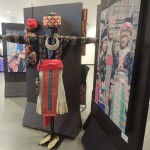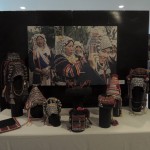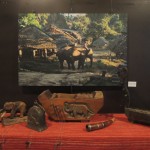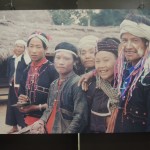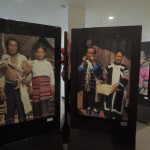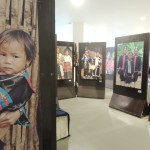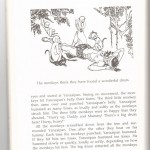ASEAM’s own Sam Cartmell recently visited an exhibition called “Cultural Crossroads of the Golden Triangle” put together by Tribal Music Asia founder Victoria Vorreiter. Please read the article from The Irrawaddy Magazine below:
“Exhibition Offers Sounds, Sights From the Golden Triangle”
CHIANG MAI, Thailand — It’s the culmination of Victoria Vorreiter’s 10 years documenting ethnic minority music and culture in the region where Burma, Thailand, China and Laos meet—a new exhibition titled “Cultural Crossroads of the Golden Triangle,” now showing at Chiang Mai University in northern Thailand.
Vorreiter, a classically trained violinist, was originally drawn to the unique music emanating from the highlands of Southeast Asia. She was fascinated with how traditional music of the region encapsulated all aspects of the people’s lived experiences and served as a vessel to transfer oral history from one generation to another. “I was interested in documenting the traditional music, which goes beyond the music that we know in the West, because being peoples who have an oral heritage, [their music] connects the very first ancestors to the present generation,” she tells The Irrawaddy.
“In this exhibit I’ve extended the musical traditions into the way that people dress and their spiritual beliefs,” says Vorreiter, adding: “The title ‘Cultural Crossroads of the Golden Triangle’ represents the mixture of all these different aspects.” In addition to photographs, the exhibition features displays of textiles, musical instruments and other cultural objects.
Ethnographic video filmed by Vorreiter will also be screened over the duration of the exhibition. Recognizing that moving images and sound together are a powerful tool for sharing culture, Vorreiter says the videos “give you a sense of the people as they live, and as they celebrate, and as they communicate with one another through music and through ritual.”
“Cultural Crossroads of the Golden Triangle” will be on display at Chiang Mai University’s Uniserv Center through Dec. 21 during the “Communication/Culture and Sustainable Development Goals” conference hosted by the Regional Center for Social Science and Sustainable Development. More of Vorreiter’s photographs and ethnographic recordings can be found at her website, Tribal Music Asia.
*This article was originally published by the Irrawaddy Magazine on 18 December, 2015, view the article here.



